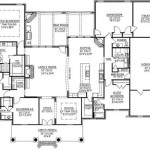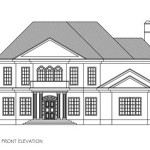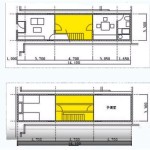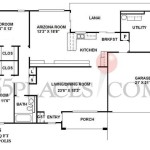Essential Aspects of Japanese Style House Plans Ideas
Japanese-style house plans embody a unique blend of traditional aesthetics, functionality, and connection to nature. These homes prioritize harmony, simplicity, and a seamless flow between indoor and outdoor spaces. Here are some essential aspects to consider when exploring Japanese-style house plans:
1. Engawa: Blurring the Boundaries
An engawa is a covered porch that wraps around the perimeter of the house, creating a transitional space between the interior and exterior. It extends the living area outdoors, offering a sheltered space to enjoy nature's beauty and fresh air while remaining protected from the elements.
2. Tatami Rooms: Traditional Charm
Tatami rooms are quintessential elements of Japanese homes. These rooms feature flooring made of woven straw mats that create a comfortable and calming atmosphere. Tatami mats define specific areas for sleeping, dining, and relaxation.
3. Shoji Screens: Light and Privacy
Shoji screens are translucent paper screens that slide open and closed to control light, privacy, and airflow. They create diffused natural light and add a sense of elegance to the home. Shoji screens provide flexibility in dividing or extending spaces as needed.
4. Sliding Doors: Seamless Transitions
Sliding doors are integral to Japanese-style homes. They allow for easy movement between rooms and connect the interior with the surrounding natural environment. Sliding doors facilitate seamless transitions between spaces and create a sense of openness.
5. Natural Materials: Harmony with Nature
Japanese-style house plans emphasize the use of natural materials that blend harmoniously with the surrounding environment. Wood, stone, bamboo, and paper are commonly used for structural and decorative elements. These materials create a warm and inviting atmosphere.
6. Zen Garden: Tranquil Oasis
Zen gardens are often incorporated into Japanese-style house plans. These minimalist gardens feature carefully placed rocks, gravel, and plants in a symbolic arrangement. Zen gardens promote tranquility, mindfulness, and a connection to the natural world.
7. Flexibility and Adaptability
Japanese-style house plans are designed to be flexible and adaptable to changing needs. Sliding doors and partitions allow for reconfiguring rooms and spaces to accommodate different activities or family dynamics.
Conclusion
Japanese-style house plans are renowned for their timeless elegance, functionality, and connection to nature. By incorporating essential elements such as engawa, tatami rooms, shoji screens, sliding doors, natural materials, Zen gardens, and flexibility, these homes create a harmonious and tranquil living environment that fosters well-being and a deep appreciation for Japanese culture.

Traditional Japanese Home Floor Plan Cool House Plans Ideas Des Architecture Style

House Floor Plan Design Plans Traditional Japanese Container Home Style

Cool Traditional Japanese House Floor Plans Unique Home Design

Japanese House For The Suburbs Traditional Style

In A Japanese Floor Plans 17 Traditional House Graphics Plan Style

22 Inspirational Modern Japanese House Designs Crafting Calm Interiors Arch2o Com

Traditional Japanese House Floor Plan Enchanting On Modern Interior And Exterior Ideas For Style Plans

Modern Japanese House Designs Cutting Edge Architecture From Japan

Amusing Traditional Japanese House Design Floor Plan Images Simple Pertaining To Exotic Japan H

Home Style Guide Japanese Houses Newhomesource








